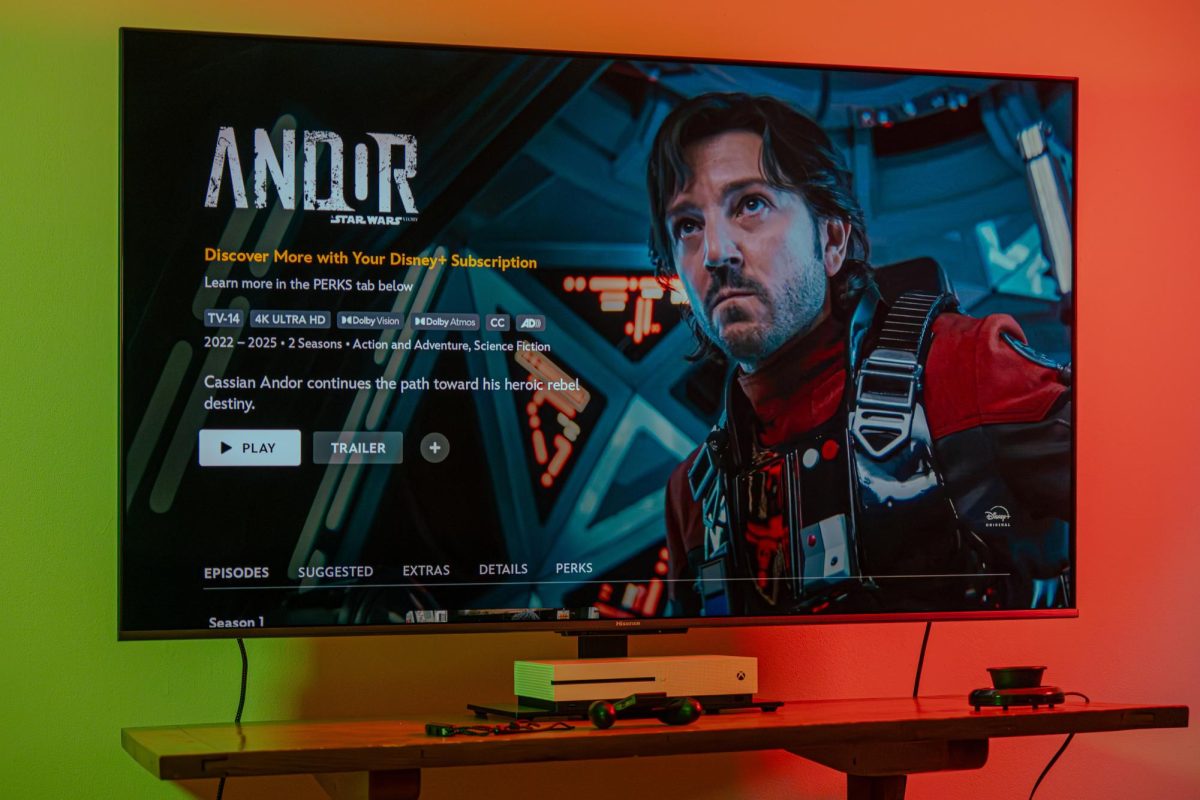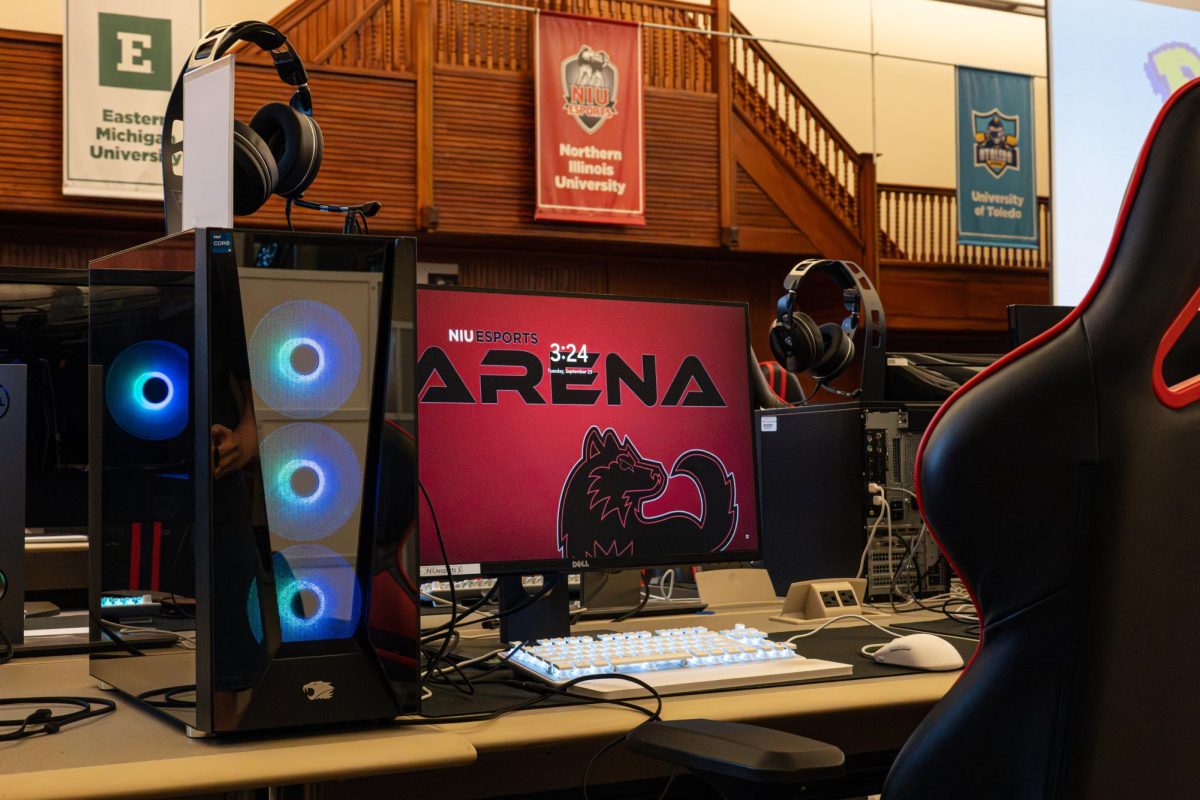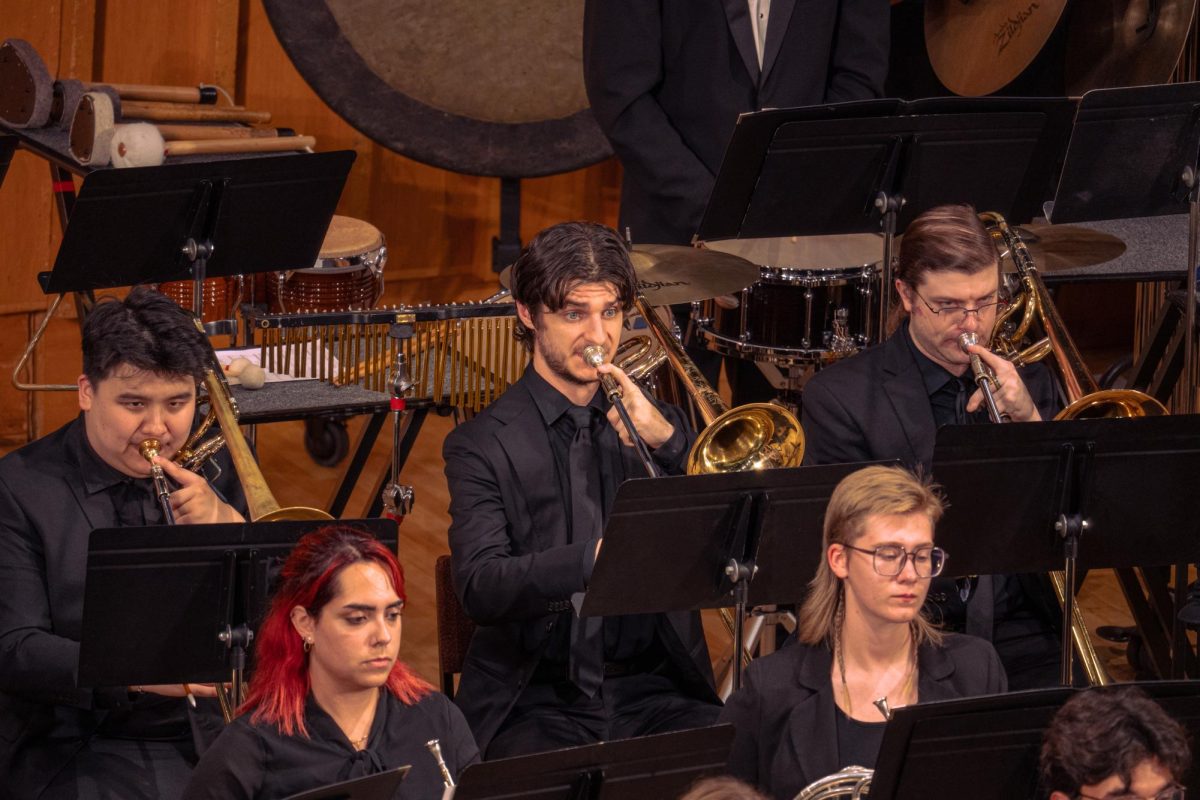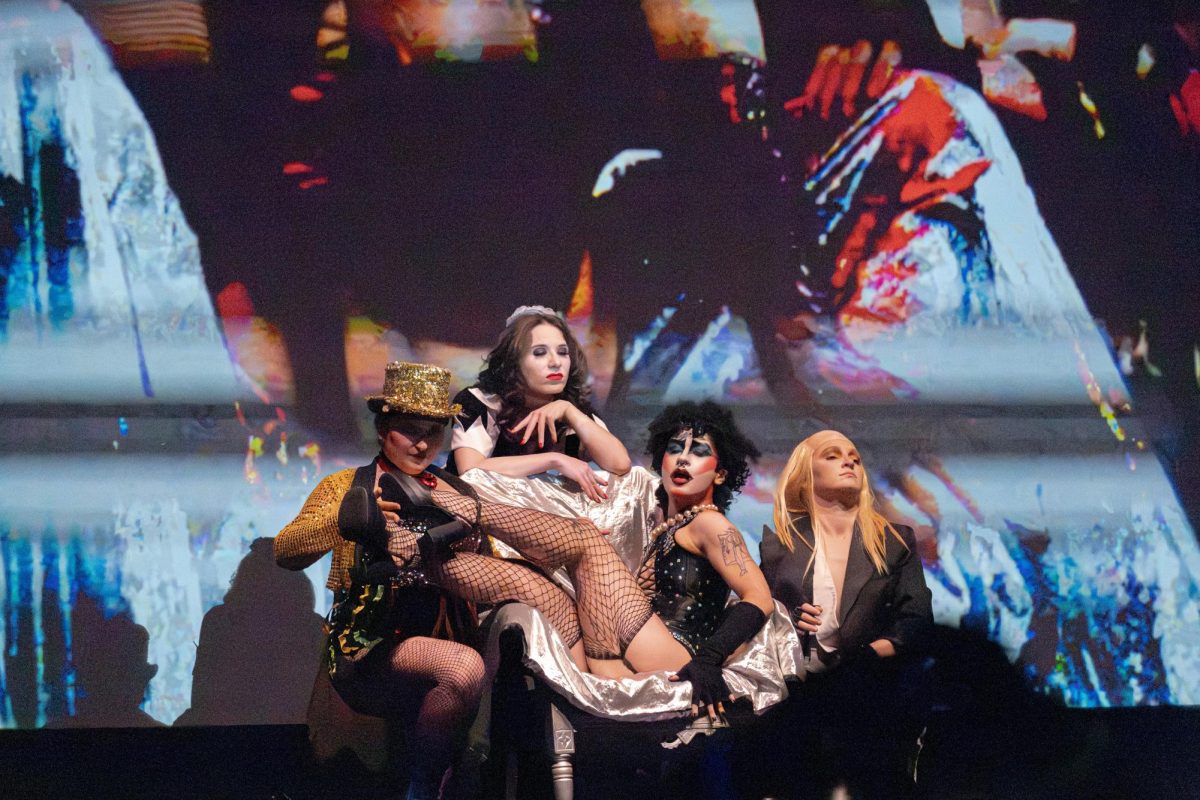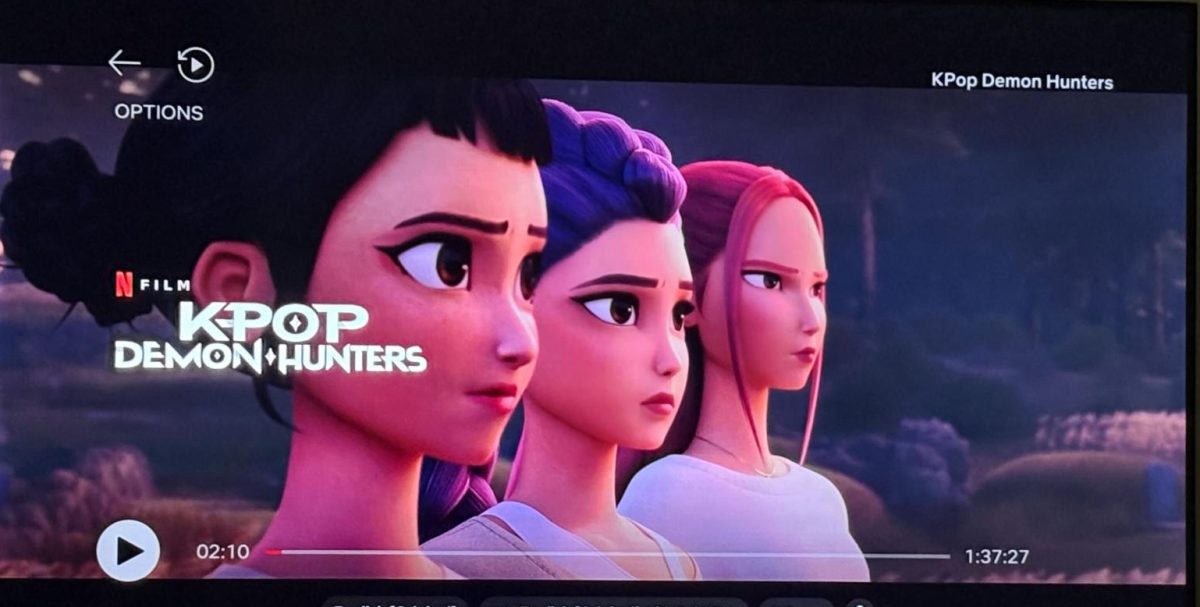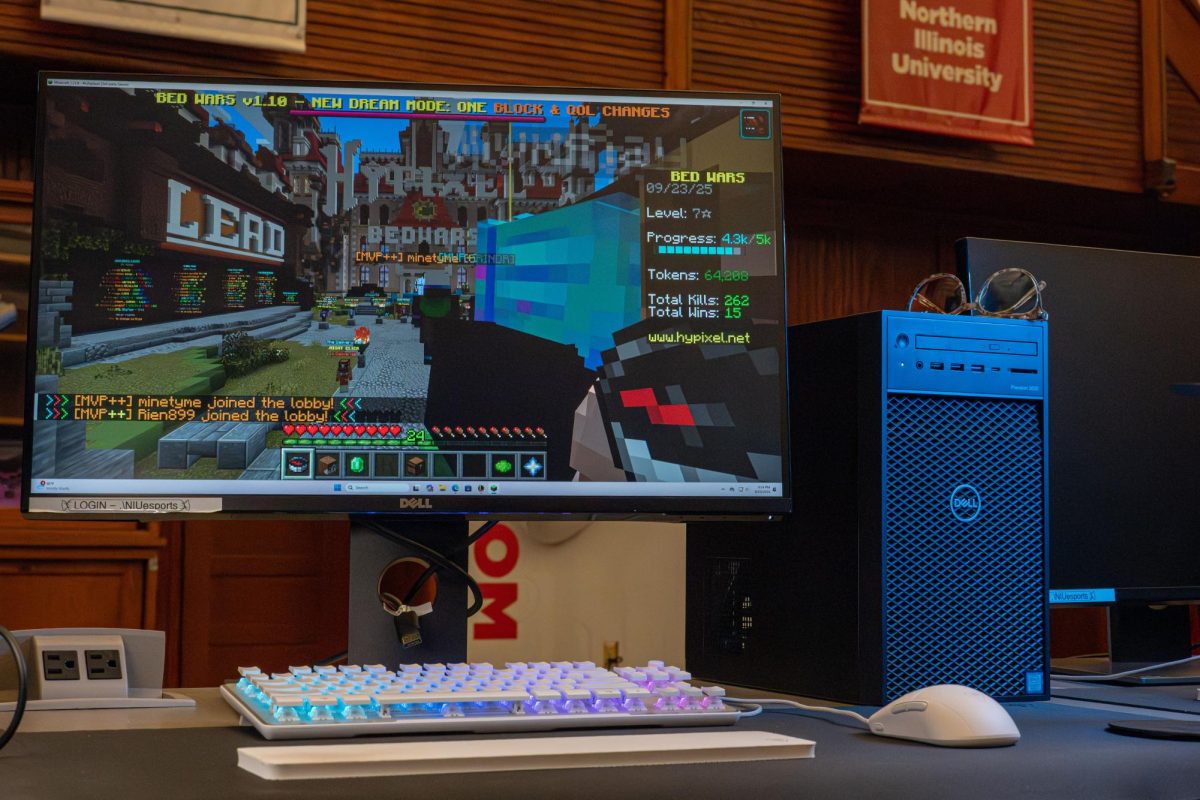Today, “Star Wars” is an iconic pop culture franchise. It has been passed on by three generations of fanatics who have closely followed the adventures of the Jedi, Sith, rebels and imperialists. Today the volume of “Star Wars” content is huge, so much so that it makes it impossible to see everything.
In addition to the nine films, there are two spin-offs, one animated film, nine animated series, nine short series, seven live action series, at least five documentaries and an almost infinite number of comics and video games, some of which are classics of their respective console generations.
Among all these products, many decide to take a deeper path, less toward the action and adrenaline of space battles and more toward the reflection of parallelism between our world and a galaxy far, far away.
This is the case with “Andor,” a live action series focused on the insurgent struggle of several minor characters during the era of the reign of the Empire. Co-starring Diego Luna, Kyle Soller, Stellan Skarsgard, Adria Arjona, among others, the series tells us the beginnings and most of the journey of Cassian Andor in the rebel ranks. It also shows us other lines of history, as Mon Mothma moves from being an imperial senator to the leader of the Rebel Network, and introduces us to Luthen Rael, the man behind all the management to replace the rebel alliance.
Although technically and in script writing Andor is probably the best series of “Star Wars” and possibly the best audiovisual product of the franchise, this improvement in the technical level isn’t what makes Andor different from other Star Wars products, specially from the other
Unlike any other “Star Wars” audiovisual product, Andor is not a “Star Wars” series, it’s a series with a “Star Wars” context. If we do the mental exercise of imagining Andor in another context, say the Spanish War of Independence, we will realize the plot and practically the whole series could be exactly the same.
Of course, you would have to change spaceships for ships or horses, blasters for spark rifles and lightsabers for steel swords. But in general terms, if we think about it, there would be nothing to change. And it is because Andor does not talk about intrinsic things of the space opera, he talks about how dirty and cruel any fight can be, no matter what fair cause it has.
In Andor we cannot really see who the “good” and “bad” are because both sides commit horrendous crimes, killing whoever is necessary to achieve the goal of winning no matter if several of their own have to be sacrificed.
In addition, counteracting other products in Andor the Empire is scary.
The Galactic Empire, without the need to use its most iconic characters, uses a whole oppressive apparatus like a Swiss watch. Calculating, cold, arrogant, determined, led in the series by the Imperial Security Bureau, the Empire uses all his cunning in his will to placate the uprisings and wipe out the rebel threat.
During the series we see several massacres against various populations, usually because the Empire needs to leave no witnesses of what it is doing or as part of its xenophobic agenda or just because they are an obstacle for their purposes.
The rebels are not left behind, sacrifice assets and teams in order not to lose more resources, spy, infiltrate, sabotage, train guerrillas, use all kinds of tactics in a dirty war against the imperial machinery. The Ghorman arc is a perfect example of this, seeing as neither side is really interested in controlling the planet as a peaceful occupation. The rebels see Ghorman as a useful planet for the Alliance, the imperials see the Ghormani as a troglodyte population and an obstacle to the extraction of kalkite, a mineral necessary for the construction of the Death Star.
But the destruction of Ghorman does not begin with brute force, it begins with a calculated propaganda campaign throughout the planets controlled by the Empire, so that when the massacre takes place, the support of the opposition to the victims is divided. While Ghorman bled, part of the galaxy had accepted the imperial view of Ghorman as a nest of uncivilized insurgents.
Maybe the reader is already beginning to realize where the parallelism between reality and fiction is.
The climax of Ghorman’s arc, the last before the series reaches on the timeline to Rogue One, the film in which Cassian is introduced (and killed) is the speech of Mon Mothma in the imperial senate, a speech that again, beyond being contextualized in a fictional universe, reminds us of the danger of tyranny, and the way it acts, silencing opposition and not accepting criticism or mistakes.
This climax is not an improvisation or an isolated event. It is the culmination of 20 years of work, as the Ghorman massacre and the speeches of Mon Mothma are briefly mentioned in various sources since 1990. That’s why it is so important for the Star Wars canon, and that’s why the creators of the series decided to make a really impactful and powerful speech, that underlines the line that has followed the series since its inception, to talk about reality through fiction.
Next, one of the key excerpts from Mon Mothma’s speech, the excerpt that could go into a real-life discourse, in any historical period, or in our own times.
“Of all the things at risk, the loss of an objective reality is perhaps the most dangerous. The death of truth is the ultimate victory of evil. When truth leaves us, when we let it slip away, when it is ripped from our hands, we become vulnerable to the appetite of whatever monster screams the loudest.”


